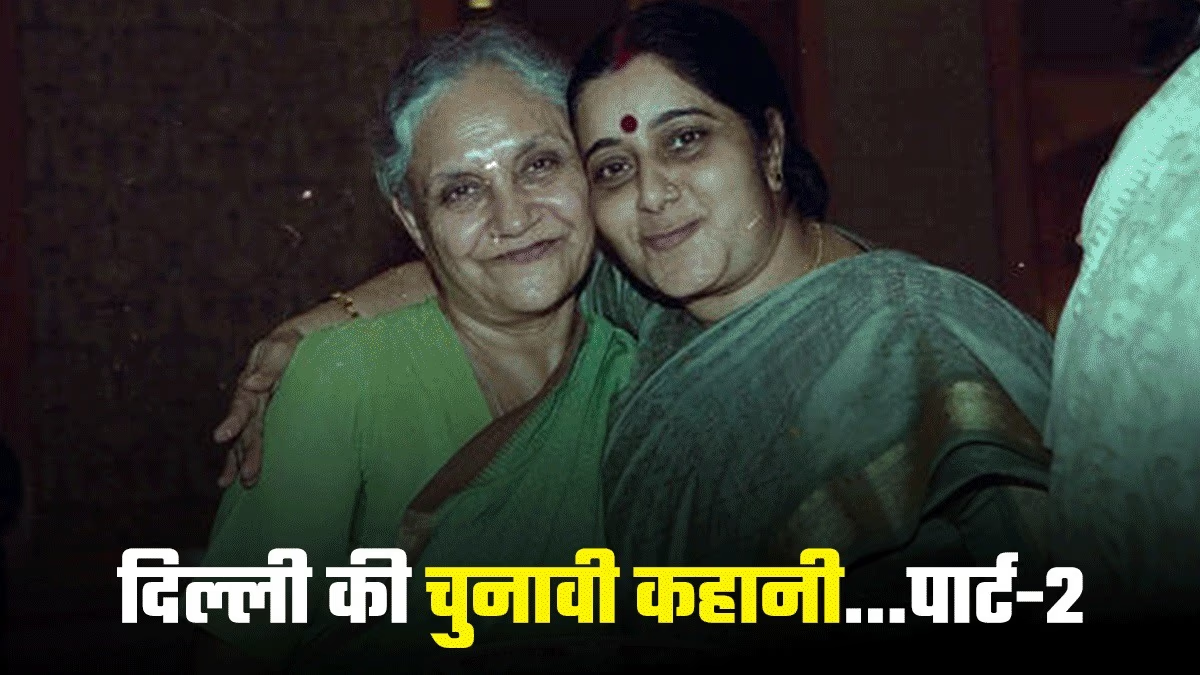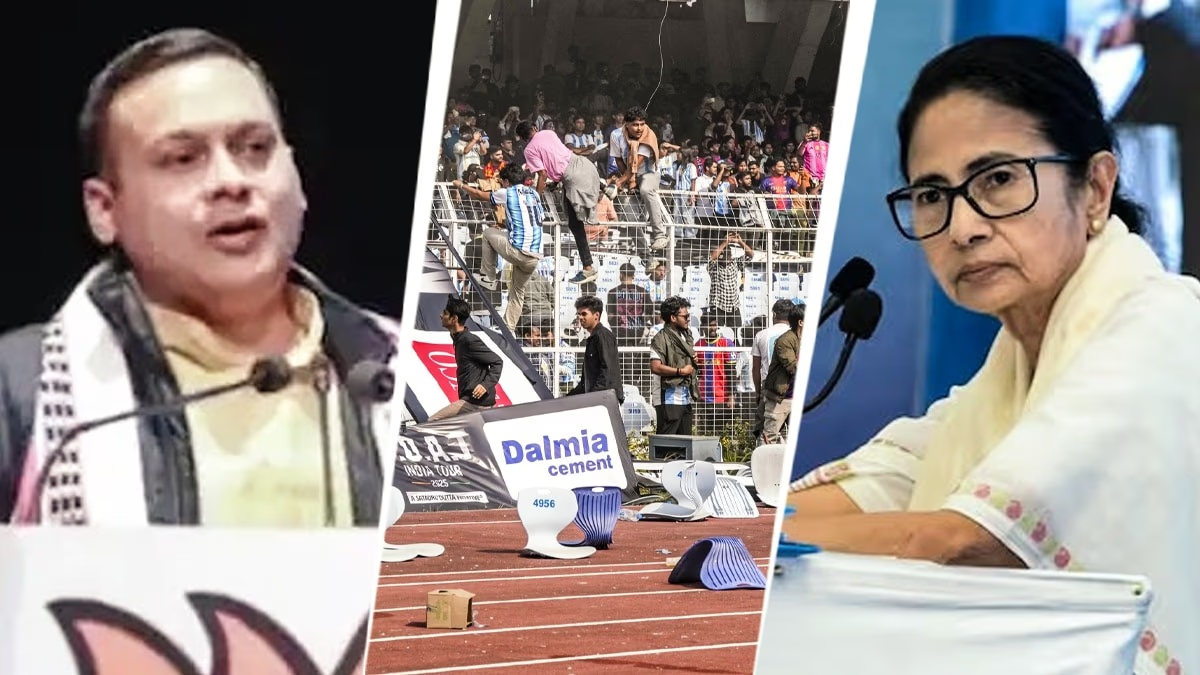Delhi has witnessed seven assembly elections to date, with each election bringing captivating stories and results. We are recounting the battles of each election in this series. Today, we delve into the 1998 election results. In this election, Congress played the women's card against the ruling BJP, turning the battle between Sheila Dikshit and Sushma Swaraj into a fascinating duel. Through Sheila Dikshit, Congress secured a commanding majority, marking the future of Delhi for 15 years.
Discover what the 1998 elections were like....
As 1998 drew to a close, Delhi was on the brink of experiencing its second assembly election. Onion prices had skyrocketed, reaching 60-80 rupees per kilo. Public dissatisfaction with the government was evident, providing the opposition with an opportunity to strike. At the time, Delhi was under BJP rule with Sahib Singh Verma as Chief Minister. Internal strife within the organization was also apparent. The BJP believed that changing the CM before the elections might reduce public anger and not impact election results. By then, the party had already replaced one Chief Minister (Madan Lal Khurana).
BJP played the women's card, but it didn't succeed...
Finally, the BJP made a bold move and changed the chief minister's face 50 days before the election. They appointed Sushma Swaraj, known for her clean and assertive image, as Delhi's first female Chief Minister. The BJP's strategy was that Sushma, being a fresh face, would work harmoniously within the organization, free from factionalism. However, the plan did not succeed as hoped.
A duel between two women for the first time...
Congress countered BJP’s strategy by announcing Sheila Dikshit as their candidate. Sheila, the daughter of Punjab and daughter-in-law of UP, played a vital role for Congress in utilizing anti-incumbency sentiment. Sheila Dikshit, then the Congress president for the state, overshadowed BJP's Sushma Swaraj.
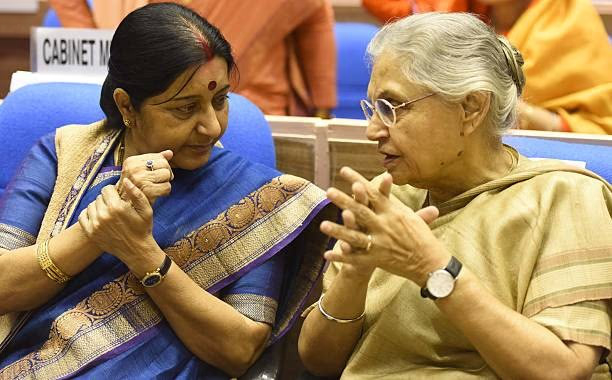
Source: aajtak
Why did BJP lose?
Political experts listed reasons for BJP's loss, citing public dissatisfaction and a drifting voter base. It was observed that BJP was not favored by the poor, middle-class, youth, the educated, and the upper caste, traditionally a core support group. Meanwhile, Congress received overwhelming support from Dalits and Muslims, which helped them craft a favorable narrative.
What were the issues during the elections?
Before the elections, Delhi was agitated over the high cost of onions, along with concerns regarding inflation, power, and water issues that became major challenges for the BJP. Basic necessities like electricity, water, and transportation were problematic for people, with escalating prices of essential items being a significant issue.
Read more: Discover the Journey of Delhi's Elections: How BJP Witnessed a Surge in 1993 with 49 Seats and 42% Votes
Irregular power supply was a major problem, resulting in growing public dissatisfaction. The BJP government's failure in addressing these issues tarnished their image, compounded by accusations of corruption and inactivity. Furthermore, replacing Chief Minister Sahib Singh Verma with Sushma Swaraj just before the elections proved detrimental for the BJP.
How did Sushma take charge of Delhi?
Although Sushma Swaraj put in every effort to secure a win, upon assuming command in October 1998, she swiftly addressed the escalating onion prices by forming a committee and ordering the use of vans for distribution. Even without authority over the Delhi Police, she inspected police stations to ensure they were addressing public grievances effectively.
Sushma was no political novice, having served as a Rajya Sabha member from 1990 to 1996 and at 27, she became Haryana's BJP state president and served as an MLA twice. Despite her efforts, BJP faced a harsh defeat as anti-incumbency sentiment and rising onion prices hit them hard.
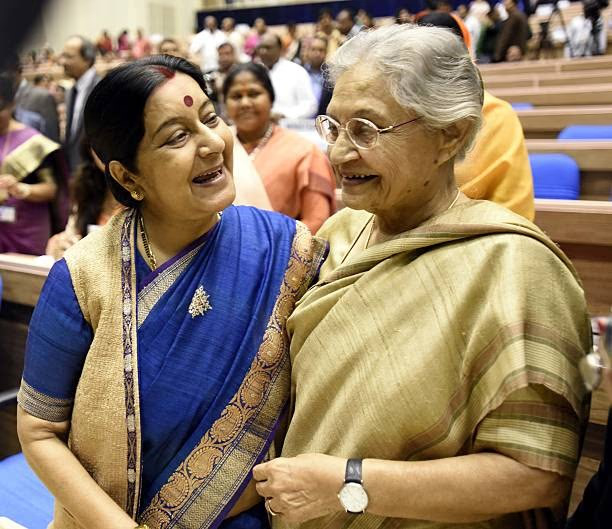
Source: aajtak
How did Sheila Dikshit enter Delhi's scene?
In the '90s, BJP was gaining ground while Congress was losing its grip. In the 1993 assembly elections, BJP won 49 seats with a 42.80% vote share. The following 1996 Lok Sabha elections saw BJP maintaining its strength, winning 5 seats while Congress won 2. Post the fall of the Narsimha Rao government, Congress had growing concerns as BJP and Janata Dal gained momentum and BJP formed a coalition government.
Sheila Dikshit became the face of women's movement
Amidst this, Congress was rapidly disintegrating on the ground. By April 1998, when Sonia Gandhi took the helm, Congress was politically weakened facing an imminent Lok Sabha election followed by a significant Delhi election. With no leader capable of revitalizing the organization, Sonia Gandhi appointed Sheila Dikshit as the state president, a fresh face with significant political acumen despite not originally hailing from Delhi. Sheila Dikshit had begun her political journey in Uttar Pradesh and was a prominent face in women's movements.
Find out more: BJP's Strategic Plans to Outmaneuver AAP in Delhi
Sheila's struggles on Delhi's streets paid off
In 1998, Sheila Dikshit was appointed as Delhi Pradesh Congress Committee's President. During the general elections of that year, she contested from East Delhi Lok Sabha seat but faced defeat against BJP's Lal Bihari Tiwari by a margin of 45,362 votes. Post the general elections, Sheila focused on the assembly elections, strengthening the organization at the grassroots and led multiple protests against the then BJP government of Delhi over escalating onion prices, ultimately leading to fruitful outcomes.
Congress's victory streak continues
She contested from Gol Market, defeating BJP's prominent candidate and cricketer Kirti Azad by 5667 votes. Under Sheila Dikshit's leadership, Congress bagged victory in consecutive elections in 1998, 2003, and 2008.
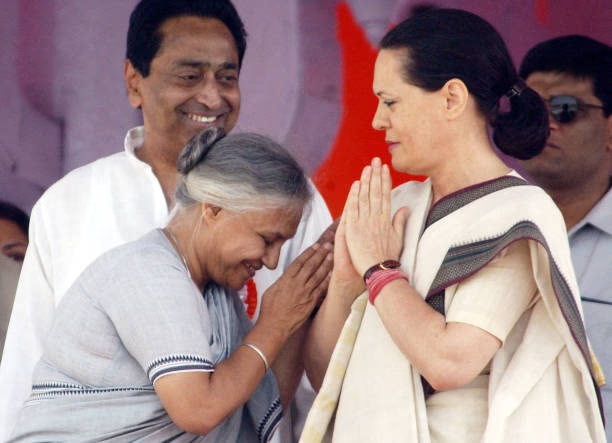
Source: aajtak
In the early 1970s, Sheila Dikshit was President of the Young Women's Association, playing a pivotal role in establishing two substantial hostels for working women in Delhi. In the 1984 general elections, she contested from Uttar Pradesh's Kannauj on a Congress ticket, defeating Lok Dal's candidate Chhote Lal Yadav by 61,815 votes.
How did Delhi Congress secure victory?
Congress declared Sheila Dikshit as the Chief Ministerial candidate and leveraged her clean image effectively, emphasizing the possibility of change in the state. Known for her calm and people-centric approach, Sheila Dikshit was perceived as dedicated to Delhi's development. Congress promised infrastructure improvements, aiming to transform Delhi into a modern city and diligently campaigned their policies targeting women and the middle class.
Read more: Exploring Delhi's Election Chronicles: Victory Timeline of Khurana, Sheila Dikshit, and Kejriwal
What was the election result like?
The 1998 elections in Delhi saw 70 assembly seats up for grabs. An electorate of 84,20,141 existed, and 41,24,986 cast their votes. Fifty-seven seats were unreserved, and 13 were reserved for scheduled castes. Voting stood at 49 percent. Congress secured 52 seats, BJP 15, Janata Dal one, and independents two. Congress achieved a 47.80 percent vote share, while BJP held 34.02 percent.
BJP suffered the loss of 34 seats, while Congress gained a political advantage of 38 seats, reversing the expected outcomes due to an anti-incumbency wave. Since then, BJP has not reached a majority in Delhi. The victory acclaimed Sheila Dikshit, who, overcoming prominent Delhi leaders, became the second female Chief Minister after Sushma Swaraj, who served for just 52 days.
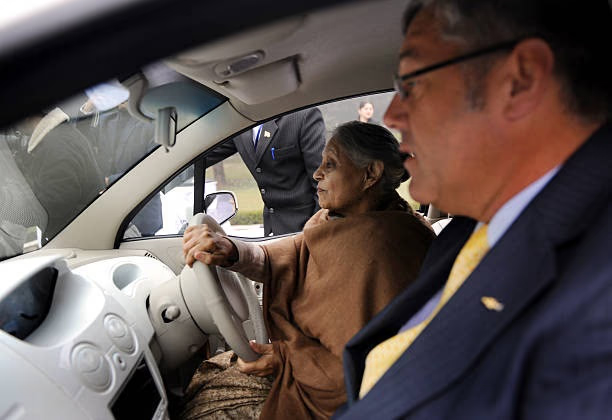
Source: aajtak
Who was Sheila Dikshit?
Born in Punjab's Kapurthala on March 31, 1938, Sheila Dikshit was married to Vinod Dikshit, son of freedom fighter Uma Shankar Dikshit from UP's Unnao district. The Dikshit family hailed from Ugna village.
She learned political insights from her father-in-law, Uma Shankar Dikshit, a Congressional stalwart and Governor of Karnataka and West Bengal. During Indira Gandhi's regime, Uma Shankar served as India's Home Minister, with Sheila aiding in numerous capacities. Her administrative prowess earned her the position in the United Nations commission for women's status by Indira Gandhi.
Her father-in-law's political journey saw him becoming secretary of Kanpur Congress, gaining proximity to Nehru, but initially, Sheila was not inclined towards politics. However, with her husband uninterested in directly pursuing political endeavors, Sheila Dikshit opted for a political entry.
By 1984, Sheila Dikshit contested elections from Kannauj, UP, on a Congress ticket, marking her debut Lok Sabha win. She served as a central minister from 1986 to 1989. After 15 years as Delhi's Chief Minister, she stepped into the role of Kerala’s Governor in 2014, albeit briefly, resigning after six months. Her tenure's highlight was the introduction of the Delhi Metro, crediting her for transforming the capital's transport system. Sheila Dikshit passed on July 20, 2019, aged 81.
